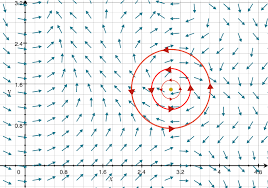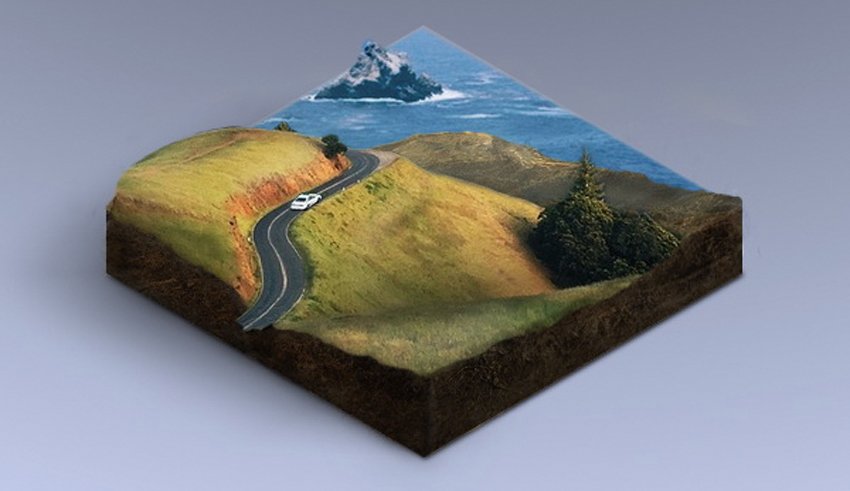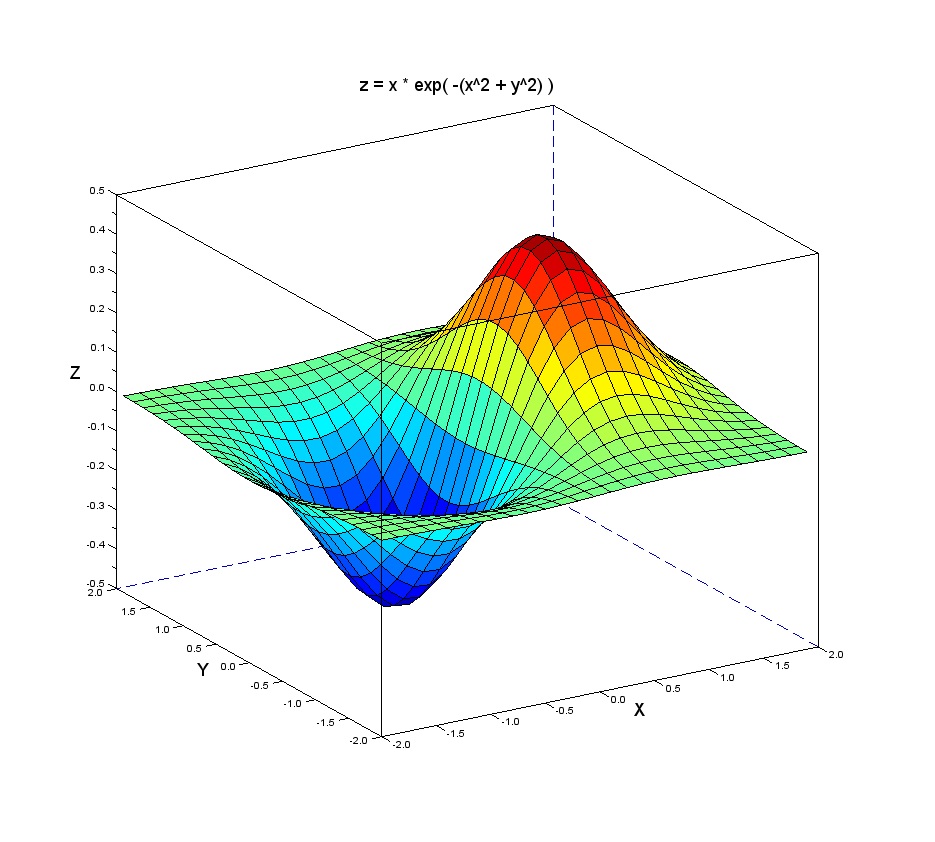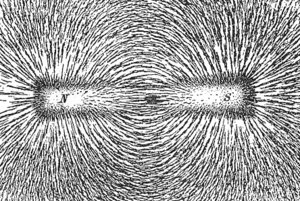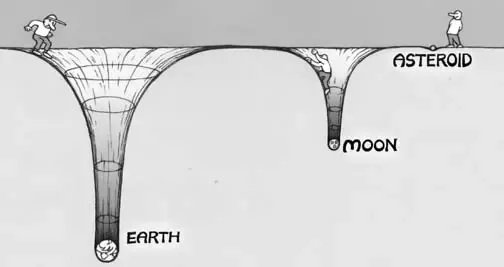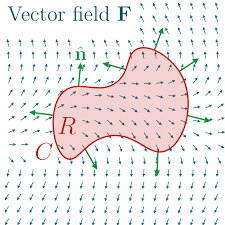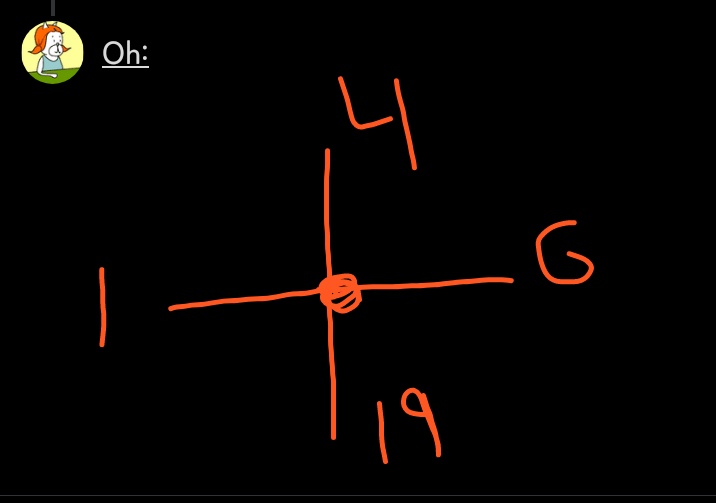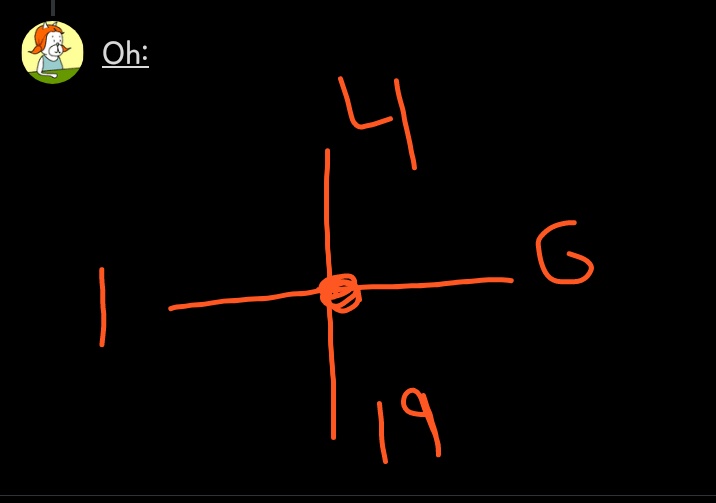I idly brainfarted about Quantum Go, but now I am thinking that a more interesting variant would be to simply make Go nondeterministic. https://twitter.com/pookleblinky/status/1331071552947884032">https://twitter.com/pooklebli...
There& #39;s a Go variant called Rengo Kriegspiel. You play it blindfolded, with teams on each side.
There& #39;s Shadow Go, which like shadow chess involves not being able to see your opponent& #39;s moves.
One way to make Go nondeterministic is to assign, for each point on the board, a number from 1 to 20, then roll a d20 for each move.
Normal Go would be playing on a field where every value is 1.
Normal Go would be playing on a field where every value is 1.
So, each point now has a number that you need to roll higher than in order to place a stone.
You& #39;ve turned the board into a 2D field.
You& #39;ve turned the board into a 2D field.
Now the Go board has a topography. You can think of it literally like terrain.
A point that requires rolling a 20 would be a difficult to climb mountain peak. An expanse of 1s would be a flat plain.
A point that requires rolling a 20 would be a difficult to climb mountain peak. An expanse of 1s would be a flat plain.
Now the Go board has routes of least resistance. A snaking tendril of flat into the enemy& #39;s territory. Borders of impassable mountains, or lakes, etc
Once you turn the board into a field, you can now simulate a 3 dimensional space.
You may be playing on a flat board, but you& #39;re actually playing on a wild 3d surface.
You may be playing on a flat board, but you& #39;re actually playing on a wild 3d surface.
Suddenly, not only is the game non-deterministic, but you& #39;re playing 3d go on a flat board.
And with this, interesting options open up.
Players can, for instance, choose to turn the board into a magnetic field. Now it& #39;s much easier to move in certain directions than others, you& #39;re literally compelled to move in certain ways.
Players can, for instance, choose to turn the board into a magnetic field. Now it& #39;s much easier to move in certain directions than others, you& #39;re literally compelled to move in certain ways.
Players can turn the board into a gravity well simulating the solar system.
Suddenly territories are extremely easy to reach, but hard to get out of
Suddenly territories are extremely easy to reach, but hard to get out of
I would call this Field Go, Go that you play on a mathematical field using dice.
There are other interesting things that become possible.
For instance, allow moves that alter the field itself.
Think of it as your army levelling a mountain, clearing a dense forest, putting up landmines, etc
For instance, allow moves that alter the field itself.
Think of it as your army levelling a mountain, clearing a dense forest, putting up landmines, etc
One way to do this, is to give, in addition to each point having a numerical value, each stone also has a numerical value.
Roll to place the stone. Flip a coin to decide whether that stone can incrementally increase or decrease the value of the point it is on.
Roll to place the stone. Flip a coin to decide whether that stone can incrementally increase or decrease the value of the point it is on.
Think of that like your army choosing to modify the landscape. Building a road, bombing a bridge, etc. Or, you& #39;re building a gravity well, destroying a planet, discovering faster rockets, etc. Same thing.
With the introduction of a d20 and a coin, you can alter Go to become as weirdly complex as you want. It becomes almost a completely different game.
But, that& #39;s not all the weirdness that introducing fields provides.
Make those fields explicit vectors. You can now exploit such as Gauss& #39;s 2D divergenge theorem.
Make those fields explicit vectors. You can now exploit such as Gauss& #39;s 2D divergenge theorem.
Suddenly, your board has conservation laws tacked on. Inverse-square laws, etc
Oh, if you don& #39;t understand what I& #39;m talking about:
So you have a stone on this point. Placing a stone below it is going to be difficult. Placing a stone to its left will be very easy.
So you have a stone on this point. Placing a stone below it is going to be difficult. Placing a stone to its left will be very easy.
This point has its own value. Say it& #39;s a 5.
But, this point also has a directional flow. Travel from right to left is much easier than north to south.
By looking at the point& #39;s neighbors, you can calculate just how much easier it is to move in certain directions.
But, this point also has a directional flow. Travel from right to left is much easier than north to south.
By looking at the point& #39;s neighbors, you can calculate just how much easier it is to move in certain directions.
This calculation basically connects neighboring points to each other, and gives a new number, this new number can be thought of as the real distance between points.

 Read on Twitter
Read on Twitter